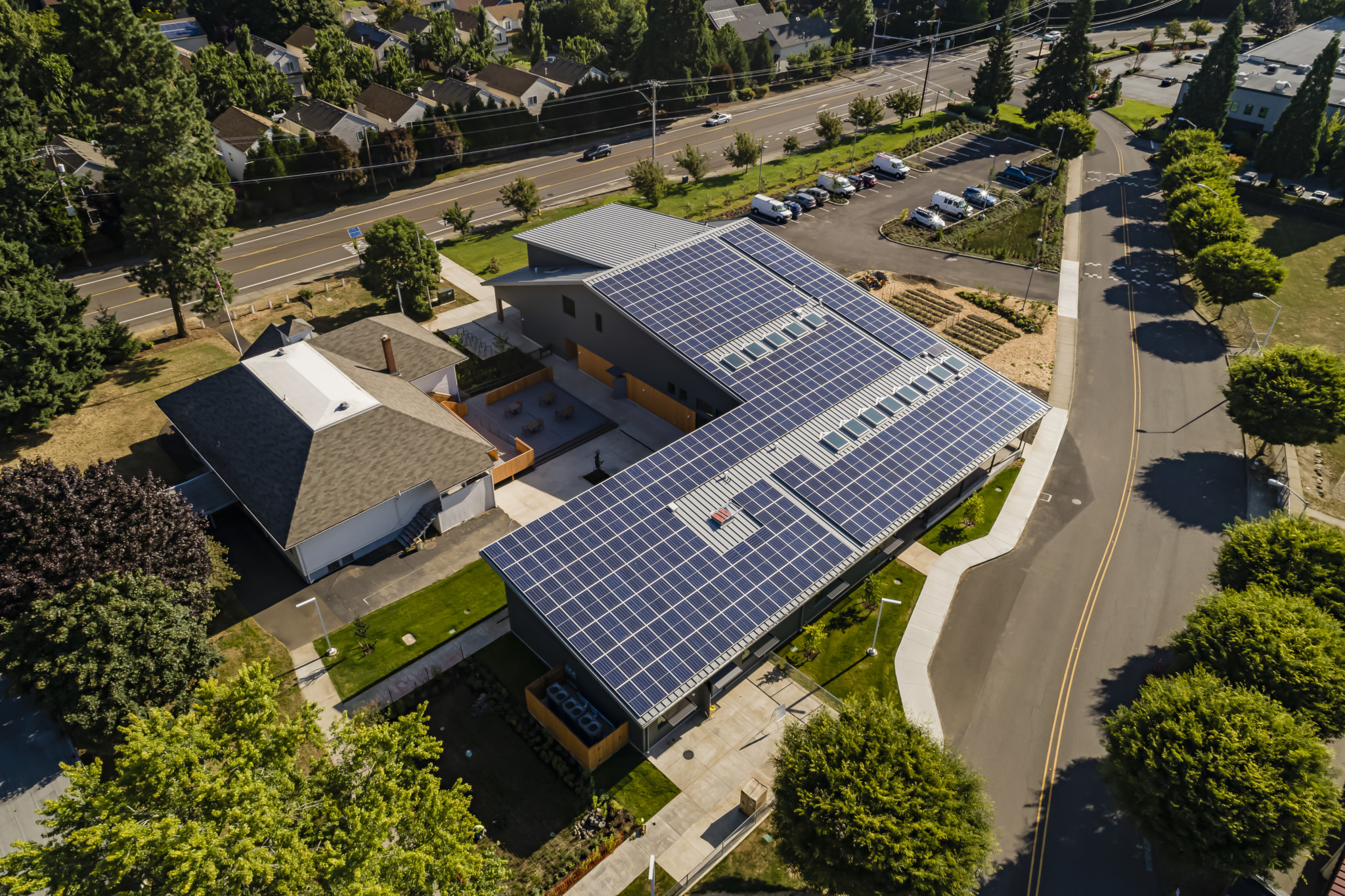


08.25.21
In considering the sustainability of a building, airtightness is among the factors that can greatly impact energy efficiency and occupant well-being. For buildings that are not well-sealed, air leakage can account for one-third of a structure’s heating system size–significantly increasing energy use.
How we talk about envelope airtightness in design often differs from how it is delivered in the field. In this whitepaper Bora architect Mike Manzi explores how to best deliver a well-sealed building that supports energy performance goals to enhance the wellness of building users. Modeling, testing and careful detailing, as well as clear communication lines with mechanical engineers and energy modelers, are all critical factors in this effort.
Learn more about how we design for airtightness here.
Mike Manzi, RA, CSI, CDT, LEED BD+C, is an Associate Principal and Specifications Manager at Bora. He has more than 20 years of experience working to advance the industry in sustainability and energy efficiency. A founding board member of the Health Product Declaration Collaborative, Mike is known for his leadership in healthy materials, indoor air quality, and low-carbon impacts on the built environment.
Shown: Whole-building testing resulted in an air leakage rate of 0.107 cfm/sf at 1.57 psf for Creekside Community High School, a net-zero-energy project.